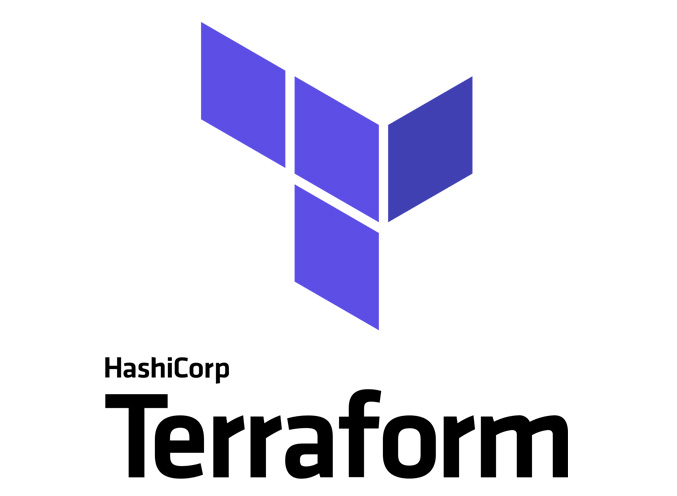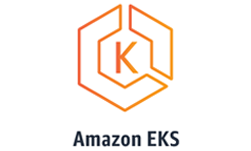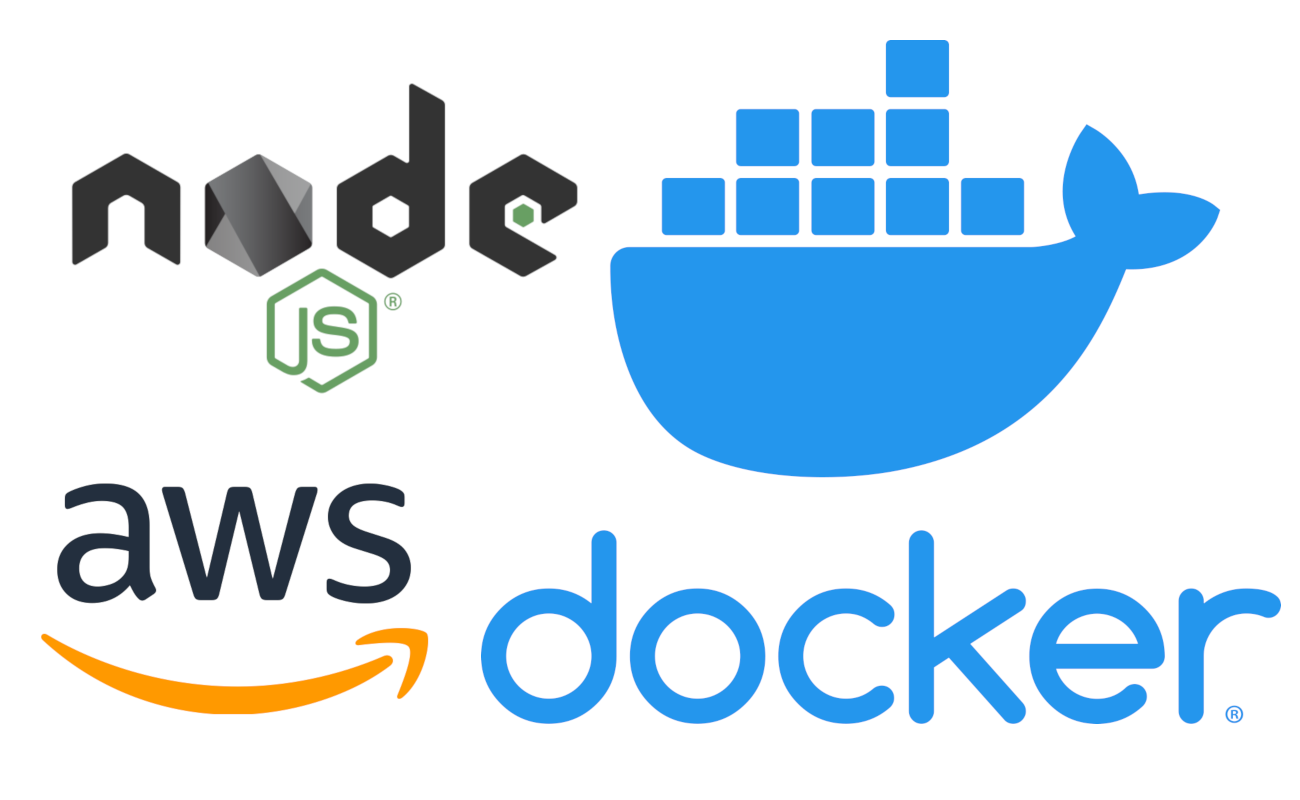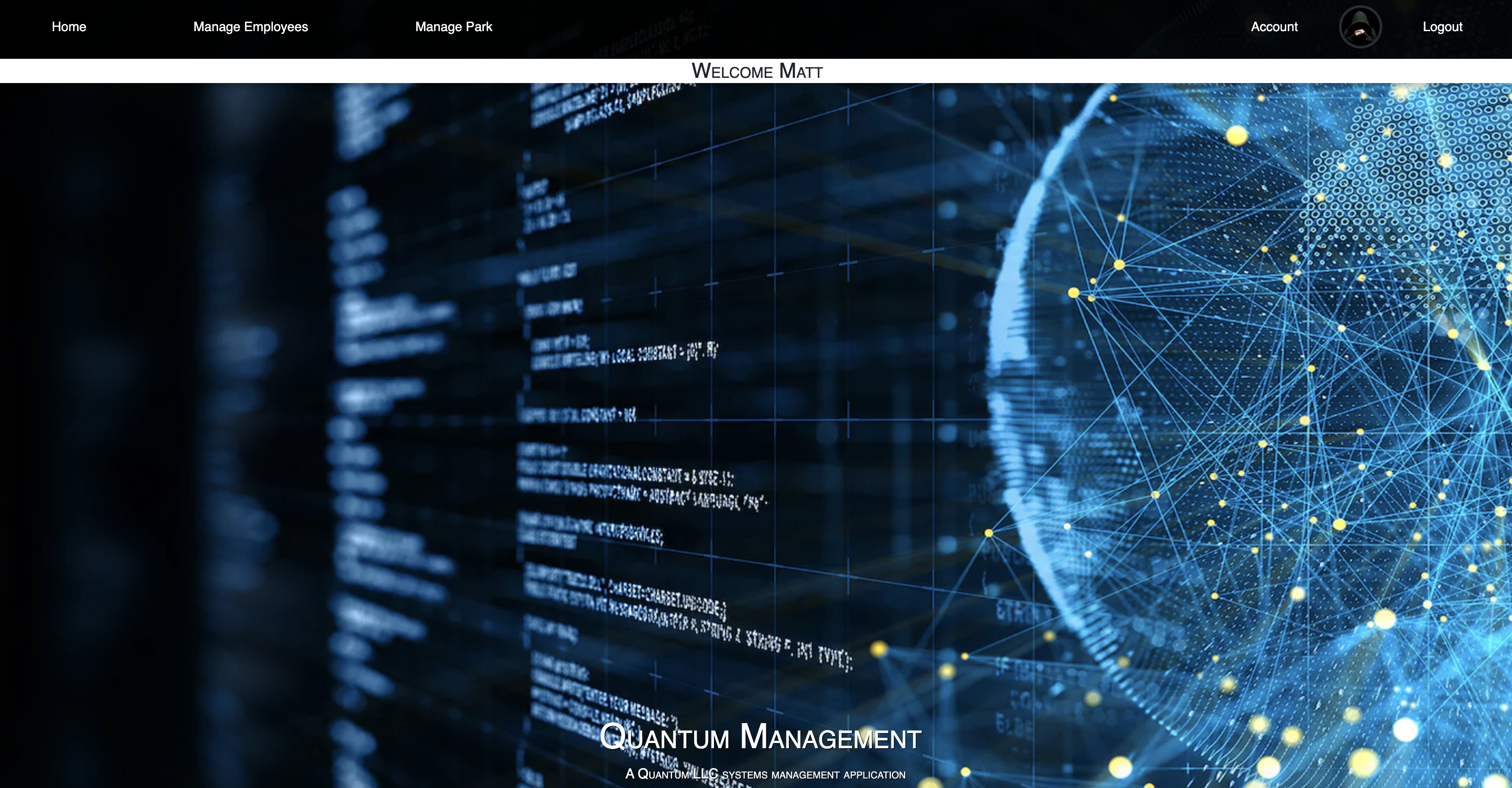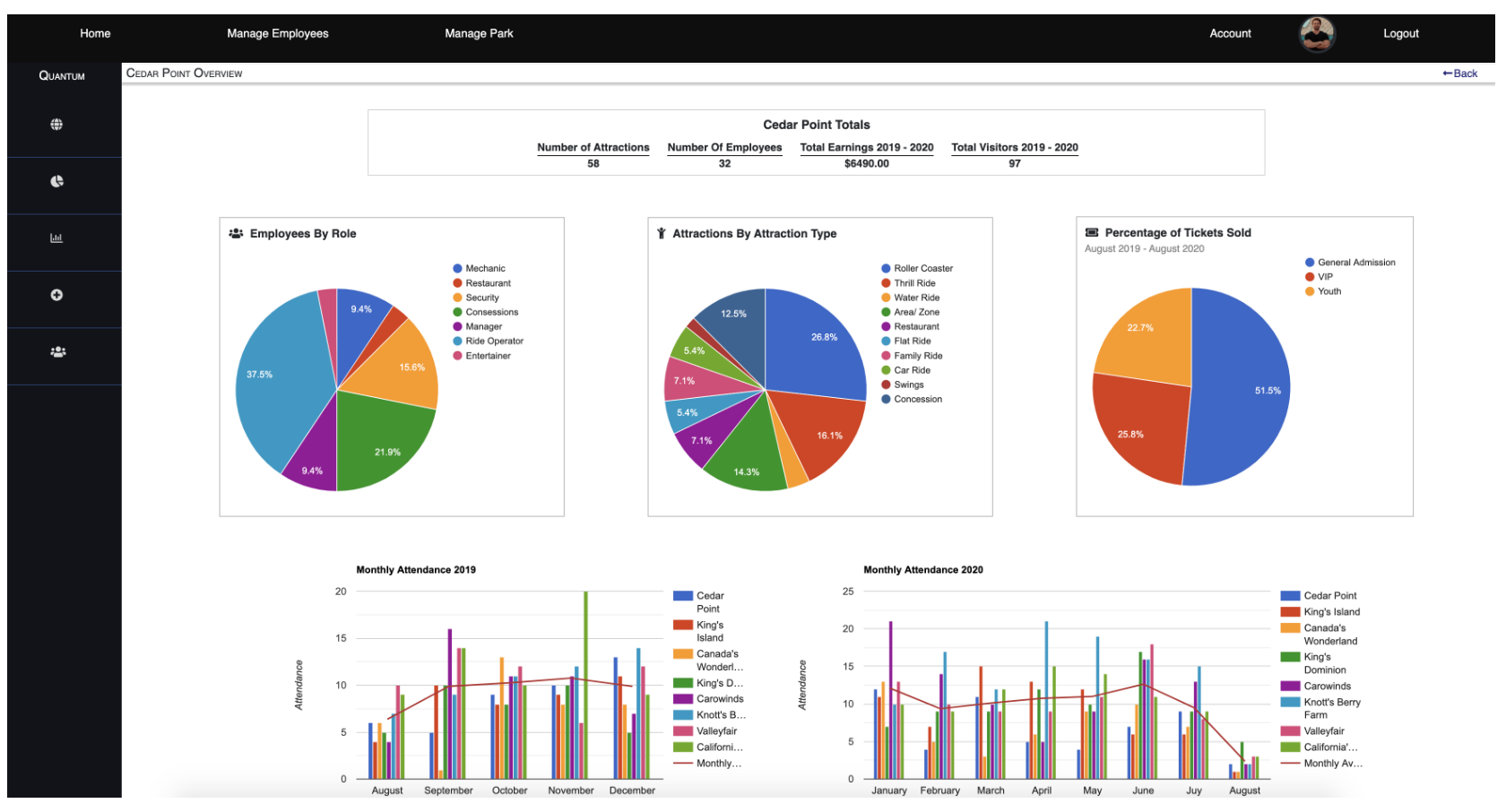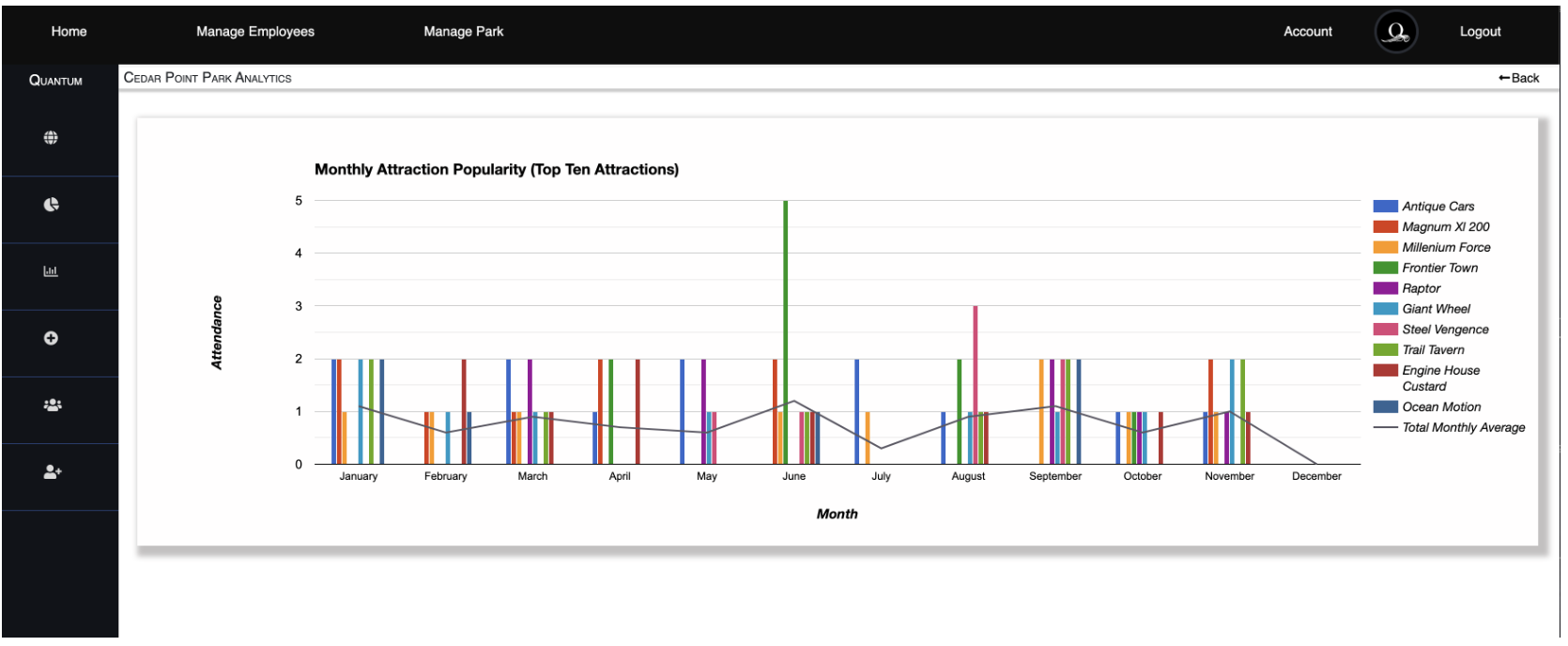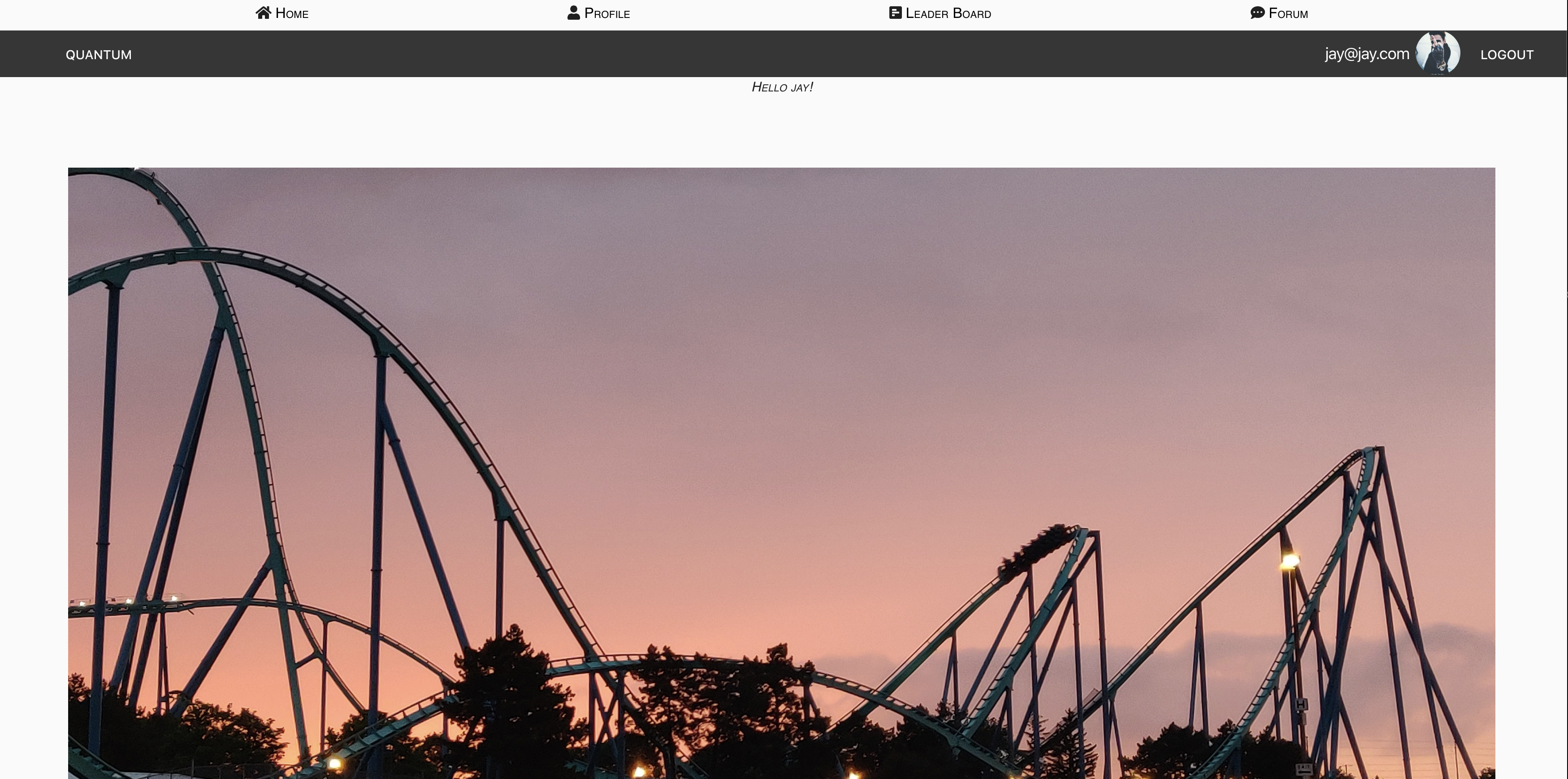Brief Summary
Currently, I am a Staff DevOps Engineer and Tech Lead in Systems, Networking, and Cloud Infrastructure; where I influence many teams and technical road maps with deep technical expertise and leadership.
In this role, I also design and architect systems with best practices, scalability, and reliability in mind.
In addition, I utilize previous Full-Stack Engineering and Site Reliability Engineering (SRE) experience to create infrastructure and pipelines in which data is shaped and protected from failure,
as well as manage large scale highly complex networking infrastructure and components through the DevOps set of guiding principals, standards, and workflows.
I also assist our large department of stakeholders in Machine Learning by applying these principals through MLOps.
I have experience and expertise working at large enterprise scale on a wide variety of technologies, some of which include: Kubernetes, Multi-Region / Multi-Cluster Service Mesh, CDN, Edge and Edge Compute, Web Application Firewall (WAF) and Security, API-Gateways, as well as MLOPs alongside Kubeflow, VertexAI and deployment of ML models via AI Model Pipelines.
Leadership
Stepping into more of a leadership role as Tech Lead and Staff Engineer, I assume responsibility not only for myself but also my team.
I believe a team is only as good as its leader, and the leader must own everything in his or her world.
For me, this means enabling the team for success, by mentoring and consistently working towards building a better and more effective team, and ownership in driving projects corresponding to business objectives consistently and effectively to completion.
Brief Historical Summary
Before becoming a software engineer, I had been working in the Music Business for 5+ years, being involved
on the artist side playing drums professionally, later transitioning to the business and technical side doing project
management and data analytics. Before that, I was an athlete and semi-pro golfer, and for a couple years a personal trainer and strength coach.
For a more detailed description of my history and how I made the transition from the Music Business to Software Engineering, please see
about.
Personality
Personality wise, I am a lifelong learner and will always consider myself "junior" as there is always
something new to learn, something to improve, and goals to be met.
Mentoring and Contracting
In addition to my regular responsibilities, I provide mentorship for individuals and teams, and consulting services for various projects.
I am available for both, and I am enthusiastic about exploring opportunities to support however I can in traditional capacities or volunteer my expertise for relevant projects or specific needs.
Please don't hesitate to reach out, as I would love to start a conversation about how I can offer assistance.
Again, for a more detailed description of my journey, previous work, and current work, please see the About page.





